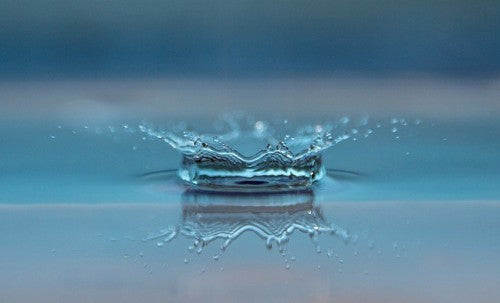You have a DSLR that came with a regular zoom lens, but now you’re looking to do more with your camera. You’d like to get a new lens or two, but you’re unsure how to choose. Once you’ve found what you are looking for, how do you know when to use it? We can help you find the lens to fit your needs, and explain why you would want them.
Let’s Talk Basics
Before you head over to
Beachcamera.com to search for some new lenses, you’ll need to know some basic terms about lenses.
*
Zoom Lens- This lens zooms in and out, allowing you to essentially change the lens without physically changing different lenses. They allow you magnify your subject while you remain in the same position.
*
Prime Lens- A prime lens can’t zoom. If you want to get closer or further away from your subject, you must physically move your body towards or away from the subject accordingly. Prime lenses do however tend to be less expensive than zoom lenses, and they offer sharper results. Prime lenses also perform better in lower light situations because they have wider apertures.
*
Focal Length- Both types of lenses are designated by their focal length. This describes the distance at which something is in focus and is often measured in millimeters. The lower numbers indicate a wider or zoomed out view, and larger numbers indicate a closer, zoomed in view. Because zoom lenses offer a range they are labeled with a low and high number indicating the zoom range such as 18-55. This simply means that you can achieve a focal length as wide as 18mm and as close as 55mm, and everything in between. Prime lenses have only one focal length. They are labeled 35mm, 50mm, and so on.
*
Aperture- When looking for lenses, you will see that lens titles have another measurement. This one is for aperture. This determines how much light your lens can let in. When a lens has a wide aperture, it captures more light and will be designated by a smaller number such as f/1.8. A narrow aperture will be designated by a larger number like f.5.6 and will capture less light. These numbers, or f-stops, don’t limit you to a single aperture. They simply signify the maximum aperture. You can change the aperture on your camera to a narrower aperture to allow less light providing a greater depth of field if, for example, you are shooting a landscape scene.
Types of Lenses Now that you have a grasp of the basics of focal length and
aperture, this will help you read the titles and know what they mean as you shop for a new lens or two on Beachcamera.com.
*
Fisheye- Offering a 180-degree field of view, a fisheye lens is the widest lens you can buy for your
DSLR camera. When you want to capture absolutely everything inside the frame, this is the lens you’ll need. However, the images will look a bit distorted, kind of like looking through the peephole in a door.
*
Wide Angle- This type of lens can give volume to small areas like small rooms or caves, and should be used when prominent foreground objects are present.
*Standard- If you are in the market for a lens that will create images that look natural, and mirror more closely what the human eye sees, the standard lens is the way to go. A 50mm lens is considered to be the closest to the human eye. This is the perfect lens for portraits and close-up shots of nature.
*
Telephoto- With lenses up to 800mm or more, this is the lens to get for close-ups when you can’t physically get closer yourself when shooting sports, wildlife, and nature. This type of lens does tend to flatten your subjects and magnify your movements as well as magnify your subject. It is important to stabilize the camera to reduce the chance of blur caused by the slightest movement of your hand when photographing.
*
Super Telephoto- Featuring the same pros and cons as the telephoto lens, a super telephoto can capture something really far off, even the moon!
*Macro- This lens will allow you to focus on objects and textures closer than the human eye can see. Perfect for tiny objects for scientific photography or nature at work.

*Tilt-Shift- This lens will selectively focus on an area of the image and create a miniaturization effect. This would be helpful when shooting architectural pieces. There is a lens for every purpose, but it’s important to begin with the basics. Once you learn how to photograph with those, you’ll be able to move on to some of the specialty lenses with ease. Just remember, a lens is just another tool, it’s up to the photographer to make it work and create the magic.




